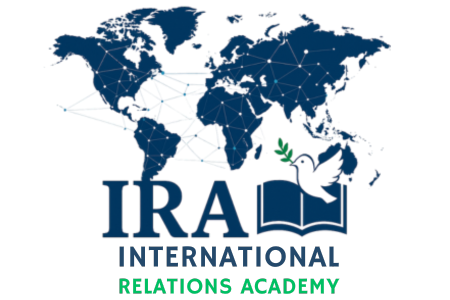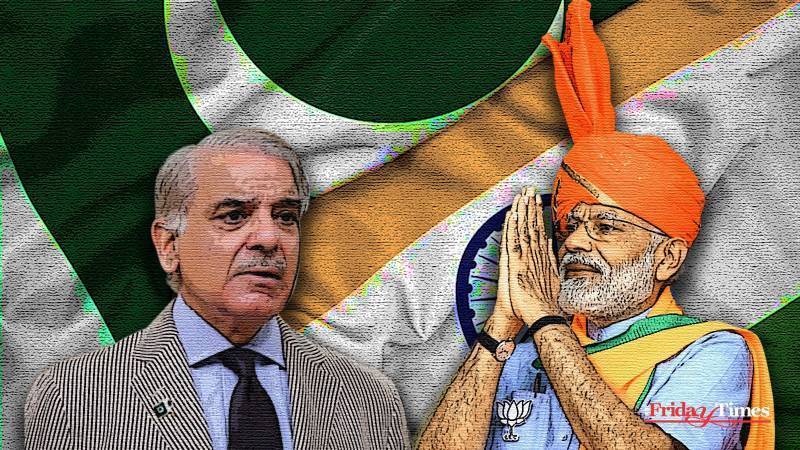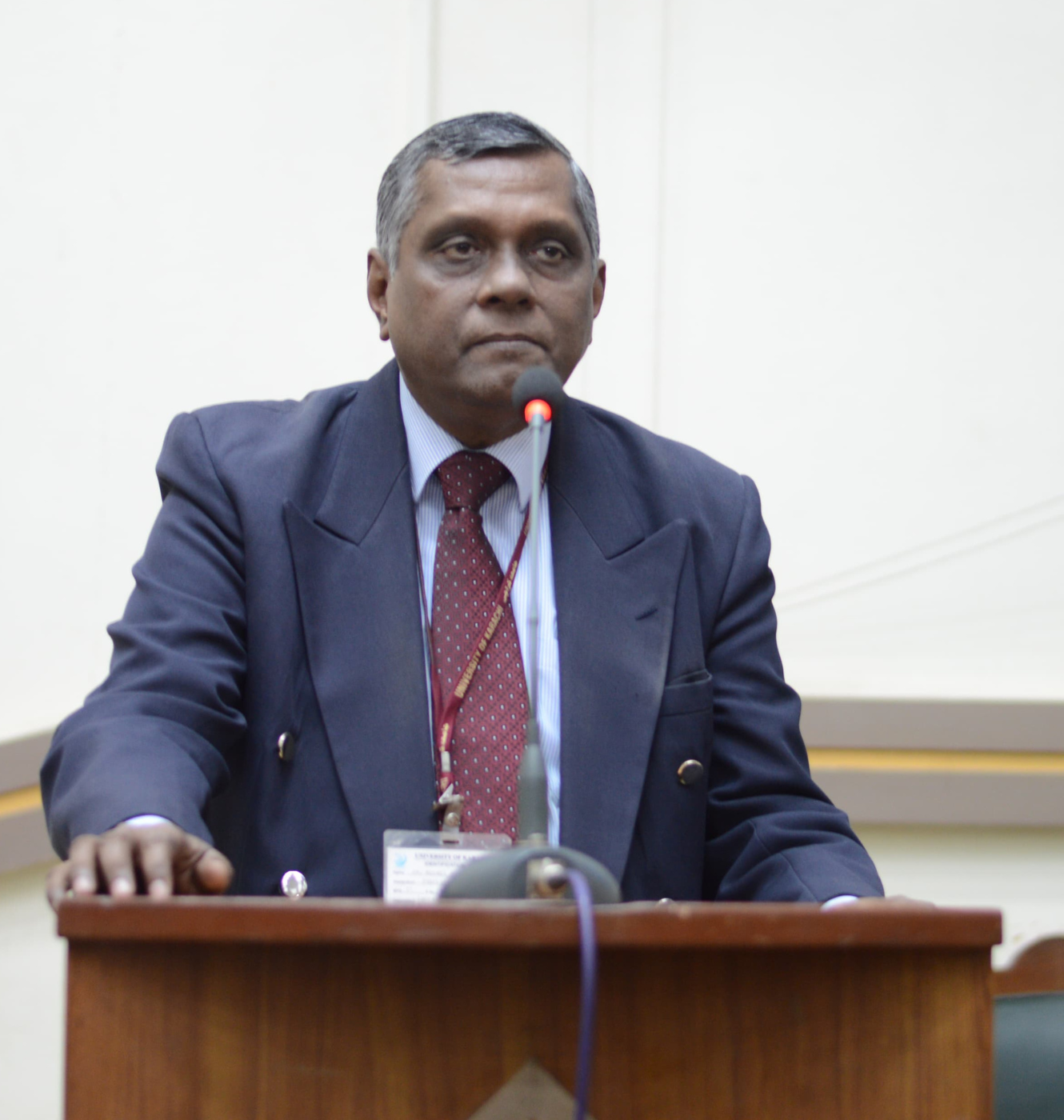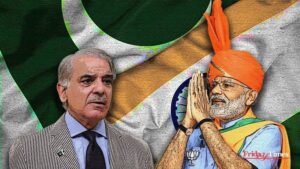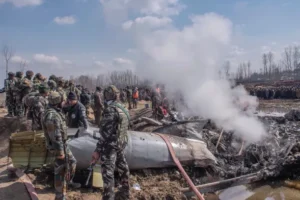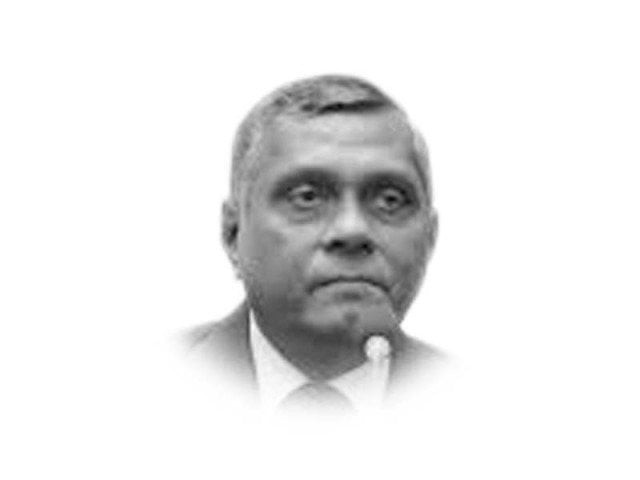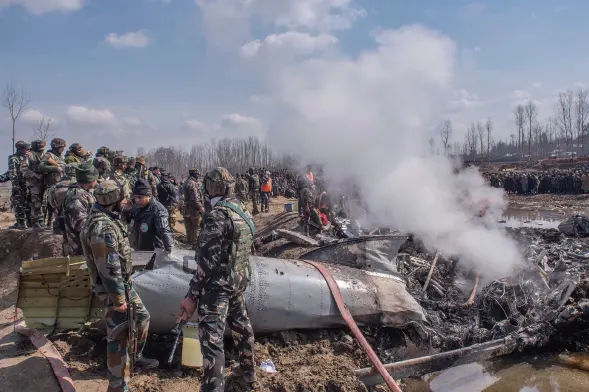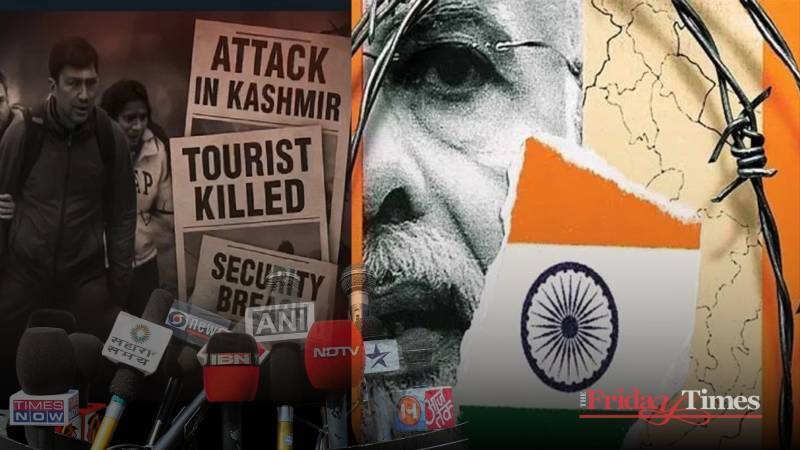India and Pakistan remain locked in a deep freeze since 2019, with hostile ties hurting over a billion people in South Asia and blocking any chance of peace
Except during the 1965 and 1971 Indo-Pak wars, relations between the two erstwhile neighbours were never so remorseful as today. The post-Operation Sindoor events tend to further polarise New Delhi-Islamabad relations with no apparent light at the end of the tunnel. Threats and counter-threats from both sides of causing damages continue, along with allegations and counter-allegations of sponsoring cross-border terrorism. This is the worst period in Indo-Pak ties since August 1947, which is prolonging since the revocation of Article 370 of the Indian Constitution on Jammu & Kashmir on 5th August 2019.
Alarmists argue that if the existing trend in Indo-Pak relations continues, the results may be devastating. Both neighbours will continue to deprive more than one billion people of South Asia of progress and development and divert resources from human development to militarisation. India, as the fifth largest economy and claiming that it will soon replace Germany and Japan as the world’s third largest economy, will not be able to accomplish its objective unless it normalises its relations with Islamabad. Likewise, by sustaining its almost zero interaction with India, Pakistan will suffer economically. Its per capita income, GDP, economic growth rate and foreign exchange reserves would remain low, and its defence expenditures would continue to swell with the passage of time.
How to cut the Gordian knot in the worsening of Indo-Pak ties and how a ripe moment in seeking a plausible breakthrough in their almost frozen ties would require flexibility and diplomatic engagement for a jump-start to normalise their relations needs to be properly examined.
Much has been written and said in the last 78 years about conflicts which plague Indo-Pak relations. There was a time till the Agra summit of July 2001 and Vajpayee’s visit to Islamabad to attend the SAARC summit in January 2004 that relative normalcy prevailed in Indo-Pak relations. Then surfaced Indian allegations that Pakistan had sponsored the Mumbai terrorist attacks of November 2008 and a series of terrorist attacks in the Indian-occupied Jammu & Kashmir in 2016, 2019 and 2025. Till the time Vajpayee was in power and Manmohan Singh was the Prime Minister of India, things were better with Pakistan. Since 2014, when Narendra Modi took over the reins of government till today, there is no upward trend in relations with Pakistan, with each passing day further deteriorating things with New Delhi’s western neighbour.
Life At An English University Six Decades Ago
A review of confidence-building measures (CBMs) at the military and non-military level since the 1970s till the late 1990s would reveal that the two sides were interested in mending fences but failed to move ahead
How can one expect a paradigm shift in Indo-Pak ties by cutting the Gordian knot leading to the normalisation of things and permanent peace? How can the current phase of pessimism and gloom, which tends to augment frustration among those who see peace between the two neighbours as the only way to lift the people of India and Pakistan from poverty and effectively deal with issues like climate change, scarcity of water resources, illiteracy, backwardness and the rising tide of extremism and terrorism? Sanity demands that Indian and Pakistani leadership must understand that their policies only hit the common people of the two countries and they have not been able to destroy each other. When reasoning, pragmatism and hope shape the policies of the two countries by taking risks and building confidence, the outcome will be positive. Can one expect the BJP-led government and the Pakistani military establishment along with their junior civilian partners to review their existing inflexible approach on dealing with issues which plague their relations and deprive more than one billion people of South Asia of a better future?
The predicament of India and Pakistan lies in the mindset of those who wield power and follow a path of sustained confrontation to deny fair and just peace a chance. A review of confidence-building measures (CBMs) at the military and non-military level since the 1970s till the late 1990s would reveal that the two sides were interested in mending fences but failed to move ahead. For instance, the July 1972 Shimla Pact, 1978 Salal Dam agreement, the launching of the SAARC process in the early 1980s, non-attack on each other’s nuclear installations, the 1991 agreement on preventing air and space violations, advance notice on troop monitoring and other CBMs like the hotline between Director General Military Operations (DGMOs) helped the two countries to deal with any future crisis escalation.
There was a time till the early 2000s when Track-1, Track-II and Track-III initiatives generated hope and optimism for bettering Indo-Pak relations. From the Indian point of view, the turning point was when Pakistan launched the Kargil operation, which according to New Delhi was a violation of the Shimla Pact by trying to alter the Line of Control. Prime Minister Vajpayee lamented that Pakistan breached his trust when he visited Lahore and went to Minar-e-Pakistan to dispel the impression that India was against the creation of Pakistan. From any standpoint, the Kargil adventure, which turned out to be a misadventure, strengthened the hawkish lobby in India, and the attack on the Indian Parliament in December 2001, followed by the Mumbai attacks of November 2008, further galvanised anti-Pakistan sentiments, which were exploited by the Modi regime. The Gordian knot became strong in Indo-Pak relations.
Beyond Gender, Beyond Rights: Woman’s Ontology In Islamic Metaphysics
The military establishment of Pakistan, along with its junior civilian partners, must understand that its economy will not thrive unless relations with India are normalised
Where is the way out from the prevailing Indo-Pak standoff, and how the two countries can get over the existing impasse, needs to be analysed from three sides.
First, the real challenge for New Delhi and Islamabad is how to resume normal relations, which have badly suffered since August 2019. The downgrading of diplomatic missions of India and Pakistan in Islamabad and New Delhi respectively, the suspension of use of airspace, rail, road, postal, and air links and freezing of trade ties is unfortunate, but the leadership of both countries is not ready to resume normal ties. Knowing that they have not been able to destroy each other and have been from time to time plunging their people into armed conflict, India and Pakistan must strive to melt the ice and seek a breakthrough in their almost frozen relations.
The Modi regime may argue that it doesn’t care about Pakistan anymore, but it is wishful thinking reflecting an insane mindset. How can India ignore its only western neighbour with which it has historical and cultural ties? For that matter, the National Security Advisers of the two countries must meet with a plan to normalise their relations based on mutual respect, fairness and acceptability. The military establishment of Pakistan, along with its junior civilian partners, must understand that its economy will not thrive unless relations with India are normalised. Pakistan may have won the first round of armed conflict with India following Operation Sindoor, but the focus should be on pursuing diplomatic engagement by convincing New Delhi that its hurtful policies only trigger more tension in South Asia.
Second, the civil society of India and Pakistan, which once upon a time was very much active and vibrant in promoting Track-II and Track-III diplomacy to foster people-to-people interaction and continue the process of dialogue in the absence of Track-I (official) dialogue, is almost non-existent. Composite or Track-I dialogue between India and Pakistan, which was going on since the 1990s, was suspended after the Mumbai attacks and is still not revived. Unless there is a thaw in the civil society paradigm of India and Pakistan to play their role to revive the peace process, state actors of the two countries will not change for the better.
Can India Suspend the Indus Water Treaty? | India-Pakistan Water Crisis
It is highly unfortunate that a major segment of civil society of India and Pakistan, which was very active in bettering Indo-Pakistan relations under Track-II (non-official dialogue with the support of officials) and Track-III (purely people-to-people) dialogue, is almost non-existent, and its place has been taken over by jingoistic and extremist elements in print, electronic and social media. It is high time saner elements in civil society, particularly educationists, media personnel, trade, youth and business stakeholders, come forward and deny extremist elements their role in further polarising Indo-Pakistan relations.
Finally, there are ups and downs in bilateral relations of various countries, which may raise a ray of hope and optimism in the case of India and Pakistan. Things will not remain the same in New Delhi–Islamabad relations, and a time will come, in the not-too-distant future, which will cause a paradigm shift and cut the Gordian knot in their almost 15 years of frozen relations.
The world will certainly not be interested in viewing Indo-Pak conflicts escalate. Henceforth, it is in the interest of the two neighbours to follow a pragmatic approach in normalising their relations on the basis of a give-and-take policy. At stake is the future of more than one billion people of India and Pakistan, particularly their younger generation.
